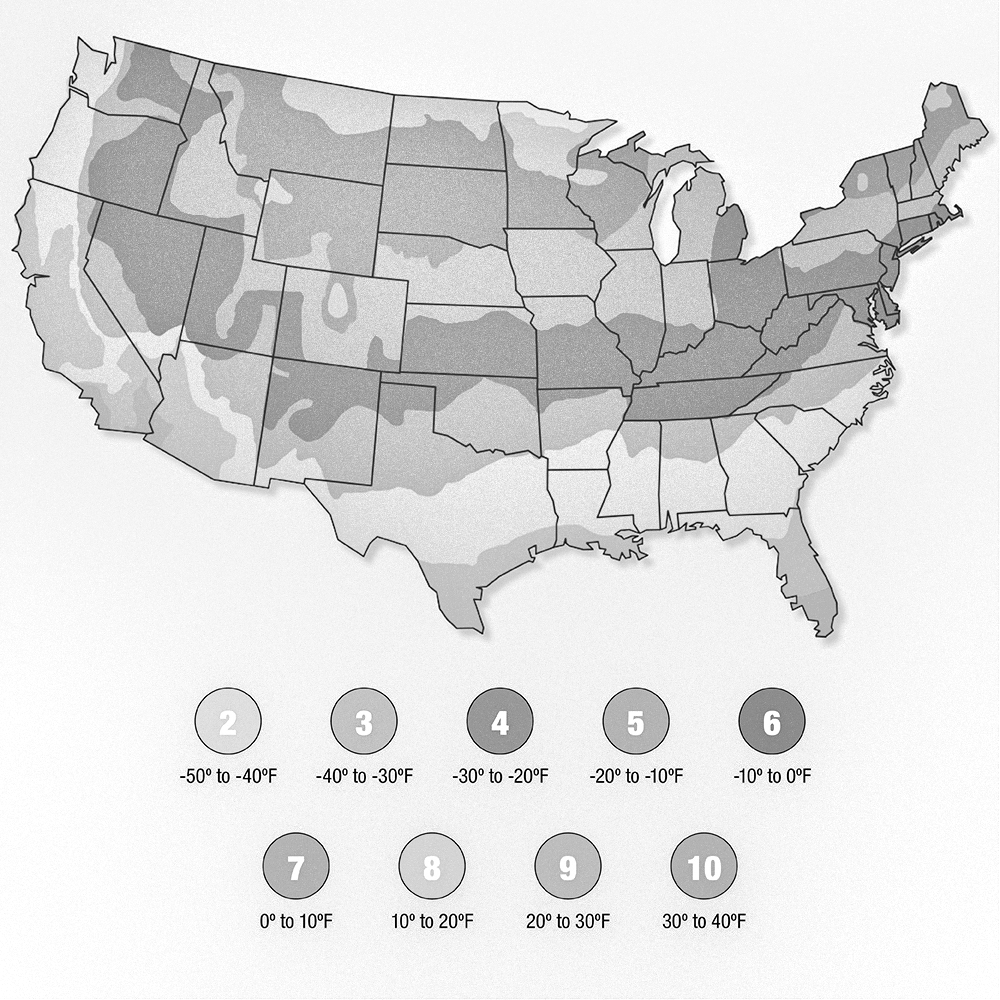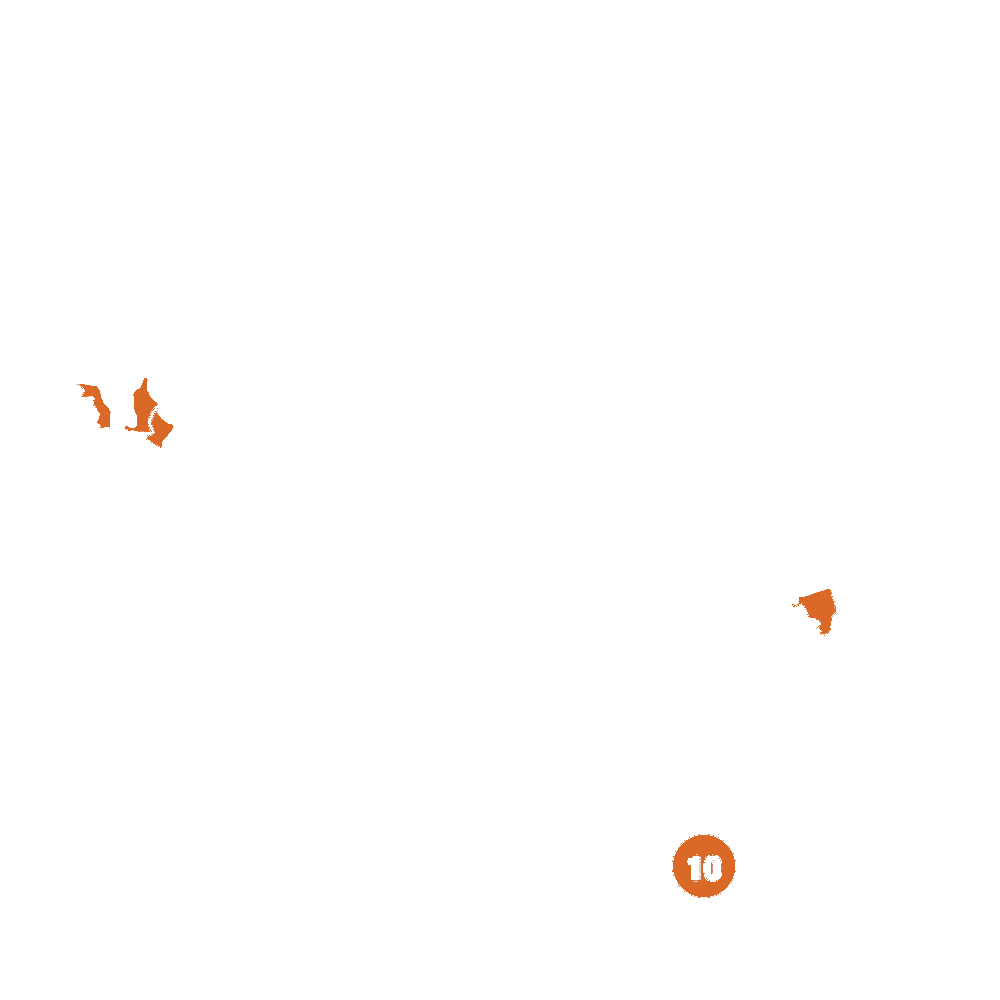







Plumeria Bordeaux
Plumeria hybrida Bordeaux
75 reviews
Plumeria Bordeaux
Plumeria hybrida Bordeaux
75 reviews
- Beautiful deep red and purple flowers
- Rich, sweet fragrance that fills the air
- Low maintenance plant that thrives in warm climates
- Recommended by landscape designers for optimal fit in real yards
$93.00
$133.00
30% Off
- Ships to in 3-5 Days
- Free Shipping Over $150
- Plant Arrival Guarantee
- In Stock
- Free Plant Consult
$200 - Landscape-Approved: Every Plant We Sell Comes With Design Expertise Behind It
2.5 Qt.
We are sorry, product is currently out of stock due to seasonal availability. Please check the "Related plants available in your area" section below
Not just beautiful - intentionally selected by ShrubHub's 3D landscape design team to fit real-world spaces and maximize yard potential.
Why Plumeria Bordeaux?
Plumeria Bordeaux, a beautiful hybrid variety of Plumeria, is known for its stunning deep red flowers with a hint of purple. This tropical plant is prized for its strong fragrance and attractive appearance, making it a popular choice for gardens and landscapes. With proper care and maintenance, Plumeria Bordeaux can thrive and bloom abundantly, adding a touch of exotic beauty to any outdoor space.
Sunlight
Plumeria Bordeaux requires full sunlight for optimal growth and blooming. It should be planted in a location that receives at least 6-8 hours of direct sunlight each day. Insufficient sunlight may result in poor blooming and weak growth for this tropical p
Watering
Plumeria Bordeaux prefers to be watered deeply but infrequently. Allow the soil to dry out between waterings to prevent root rot. Water the plant thoroughly once a week during the growing season, and gradually reduce watering in the winter months.
Fertilizing
Plumeria Bordeaux plants benefit from a balanced fertilizer with a 20-20-20 or 10-30-10 ratio. They should be fertilized every 2-3 weeks during the growing season (spring and summer) and less frequently in fall and winter. Avoid over-fertilizing, as it can
Plumeria Bordeaux (Plumeria hybrida Bordeaux)
Plumeria Bordeaux, also known as Plumeria hybrida Bordeaux, is a stunning tropical plant that boasts large clusters of vibrant, deep red flowers. The flowers have a sweet, intoxicating fragrance that will fill your garden with a delightful aroma. This variety of plumeria is a favorite among gardeners for its rich color and strong, sturdy branches.
Key Features:
- Large clusters of deep red flowers
- Sweet, intoxicating fragrance
- Sturdy branches
- Tropical plant
Care Instructions:
To care for your Plumeria Bordeaux, provide it with full sun and well-draining soil. Water regularly, but allow the soil to dry out between waterings. Fertilize the plant with a balanced fertilizer during the growing season. Prune the plant as needed to maintain its shape and encourage new growth.
Perfect For:
Plumeria Bordeaux is perfect for anyone looking to add a touch of tropical beauty to their garden. It is a great choice for garden borders, containers, or as a focal point in a tropical garden. The striking red flowers will attract butterflies and hummingbirds, making your garden a lively and colorful oasis.
Plant Information:
| Botanical Name: | Plumeria hybrida Bordeaux |
| USDA Zones: | 10 - 11 |
| Mature Height: | 15-25 ft |


Pollination Info
Pollination Info for Plumeria Bordeaux (Plumeria hybrida Bordeaux)
Plumeria Bordeaux is a hybrid species of Plumeria that produces beautiful, fragrant flowers. In order for the plant to set seed and produce new plants, pollination is necessary. Here is some detailed information on the pollination of Plumeria Bordeaux:
Pollination Method:
Plumeria flowers are typically pollinated by insects, such as bees and butterflies, that carry pollen from one flower to another. This process is known as cross-pollination, as it involves transferring pollen from one plant to a different plant.
Pollination Process:
When a pollinator visits a Plumeria Bordeaux flower, it will collect pollen from the anthers (male reproductive organs) of the flower. As the pollinator moves from flower to flower, it inadvertently transfers this pollen to the stigma (female reproductive organs) of other flowers, allowing for fertilization to occur.
Hand Pollination:
For those looking to control the pollination process or ensure successful fertilization, hand pollination can also be done. This involves manually transferring pollen from one flower to another using a small brush or cotton swab.
Timing of Pollination:
The best time to pollinate Plumeria Bordeaux flowers is in the morning when they are fully open and receptive to pollination. Be sure to repeat the process over several days to increase the chances of successful fertilization.
Seed Development:
After successful pollination, the fertilized flowers will develop into seed pods containing Plumeria seeds. These pods will eventually ripen and split open, releasing the seeds which can be collected and planted to grow new Plumeria Bordeaux plants.
FAQ
Plumeria Bordeaux FAQ
What is Plumeria Bordeaux?
Plumeria Bordeaux (Plumeria hybrida Bordeaux) is a beautiful flowering plant with fragrant, star-shaped flowers. It is a hybrid variety of plumeria that features stunning deep red blooms.
How do I care for Plumeria Bordeaux?
Plumeria Bordeaux requires well-draining soil, plenty of sunlight, and regular watering. It is a low-maintenance plant that thrives in warm and sunny climates.
When does Plumeria Bordeaux bloom?
Plumeria Bordeaux typically blooms in the spring and summer months. The plant may produce flowers intermittently throughout the year, depending on its growing conditions.
How do I propagate Plumeria Bordeaux?
Plumeria Bordeaux can be propagated from cuttings taken from healthy, mature plants. Allow the cutting to dry and callous before planting it in well-draining soil. Keep the soil moist but not waterlogged until the cutting roots.
Can Plumeria Bordeaux be grown indoors?
While Plumeria Bordeaux prefers full sunlight, it can be grown indoors in a sunny location. Make sure the plant receives at least 6 hours of sunlight per day and provide adequate airflow to prevent issues with humidity and pests.
Are there any pests or diseases that affect Plumeria Bordeaux?
Plumeria Bordeaux is susceptible to spider mites, mealybugs, and aphids. Regularly inspect the plant for signs of pests and treat infestations promptly. Fungal diseases such as powdery mildew can also affect Plumeria Bordeaux in humid conditions.
How tall does Plumeria Bordeaux grow?
Plumeria Bordeaux can grow up to 10 feet tall in ideal growing conditions. Regular pruning can help maintain a more compact size and promote flowering.
Planting & Care
Planting and Care for Plumeria Bordeaux (Plumeria hybrida Bordeaux)
Planting:
1. Choose a location that receives full sun for at least 6-8 hours a day.
2. Plant your Plumeria Bordeaux in well-draining soil with a pH level of 6.5 to 7.5.
3. Dig a hole twice as wide and deep as the root ball of the plant.
4. Place the plant in the hole and backfill with soil, making sure the top of the root ball is level with the ground.
5. Water the plant thoroughly after planting.
Care:
1. Water your Plumeria Bordeaux regularly, allowing the soil to dry out between waterings.
2. Fertilize the plant with a balanced fertilizer once a month during the growing season.
3. Prune the plant in the early spring to remove any dead or damaged branches.
4. Protect the plant from frost by moving it indoors during the winter months or covering it with a frost cloth.
5. Keep an eye out for pests such as aphids, mealybugs, and spider mites, and treat them promptly with insecticidal soap.
Follow these planting and care tips to ensure your Plumeria Bordeaux (Plumeria hybrida Bordeaux) thrives and produces beautiful blooms.
Check Out These Verified Customer Reviews:
Customer Reviews
4.7 out of 5 based on 75 reviews
Thank you! Your review has been submitted.
Customer service was helpful and responsive. I had a great experience shopping with Plumeria Bordeaux.
Website was easy to navigate and placing the order was a breeze. Very satisfied with my purchase.
The quality of Plumeria Bordeaux is exceptional. The flowers are full and beautiful.
Item has been added to your cart.


